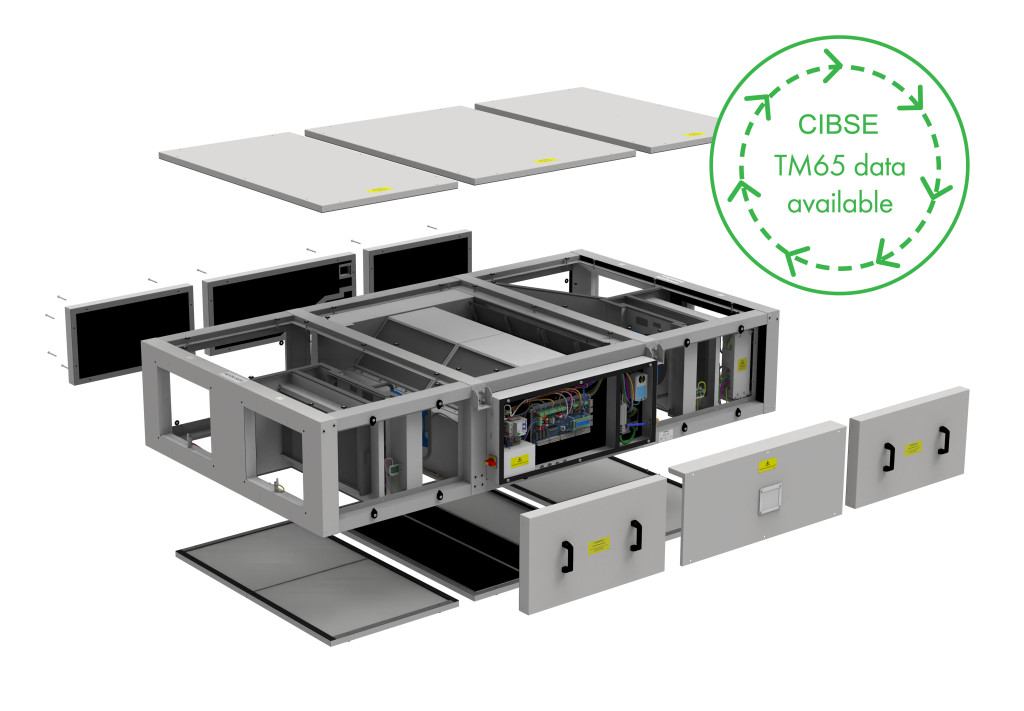Vent-Axia’s Embodied Carbon Calculations for Commercial Heat Recovery Aid Building Design

To help with the design of low and zero carbon buildings, Vent-Axia has completed its embodied carbon calculations on its product portfolio.
This includes its CIBSE award-winning Sentinel Apex, the next generation of commercial heat recovery, which is set to help specifiers create low carbon buildings as we head towards the UK’s 2050 Net Zero target.
Sentinel Apex was developed from the outset with equal consideration to operational performance and whole-life-costing, and this is visible in the data available for the product.
Embodied carbon calculations have been carried out in accordance with the latest CIBSE ‘TM65 Embodied Carbon in Building Services: A Calculation Methodology (2021)’ digital tool requirements. This enables Vent-Axia to provide basic-level report figures for all its products and the company is now working towards the completion of more comprehensive and independently verified Environmental Product Declarations (EPDs) for its products.
Sentinel Apex has led the way with TM65 in the Vent-Axia product portfolio.
Designed to have a low embodied carbon footprint, Vent-Axia has used the CIBSE TM65 data collection methodology to collect accurate, detailed embodied carbon information for the Sentinel Apex, working from a component level up.







